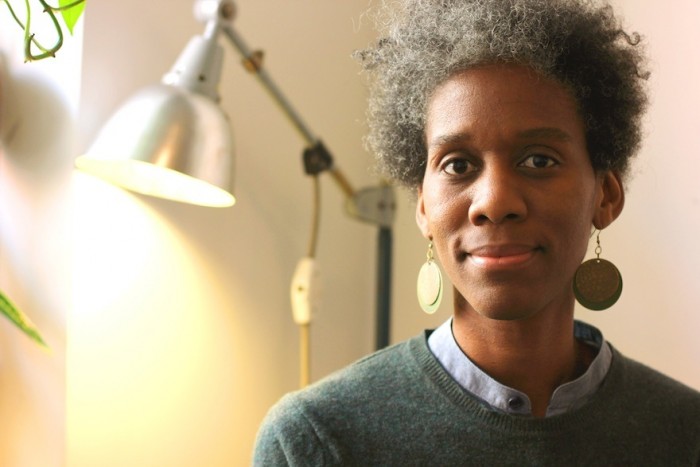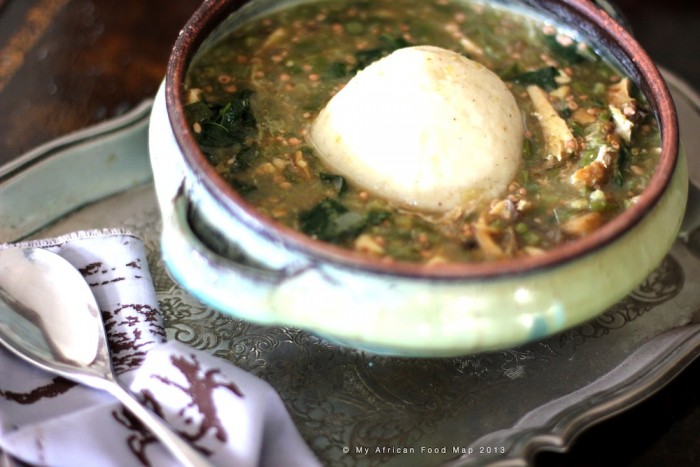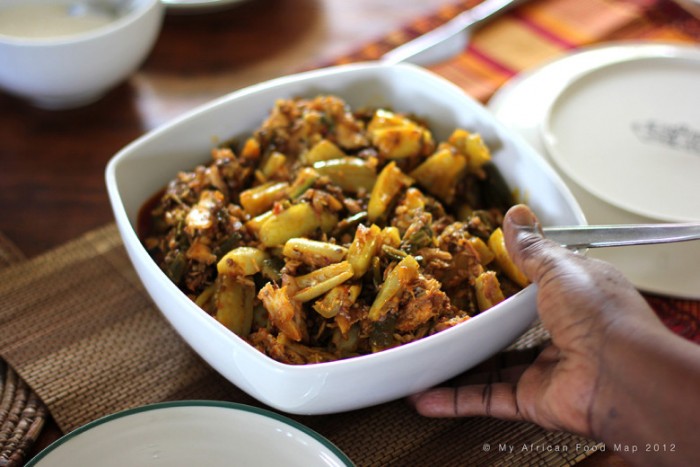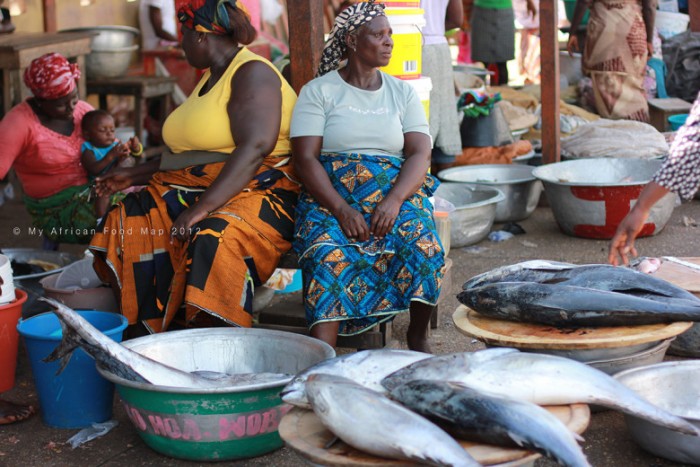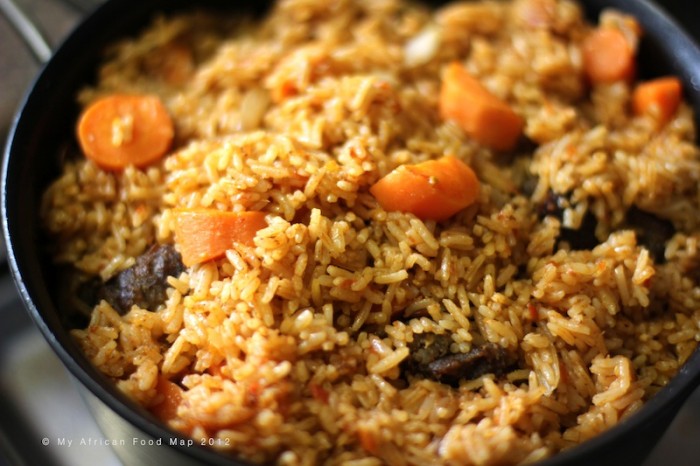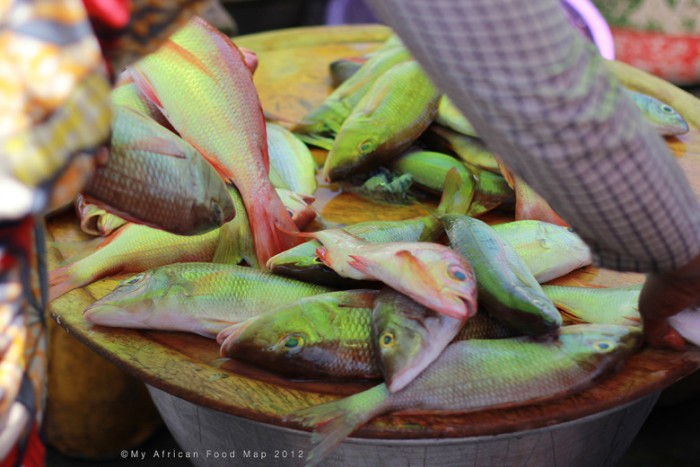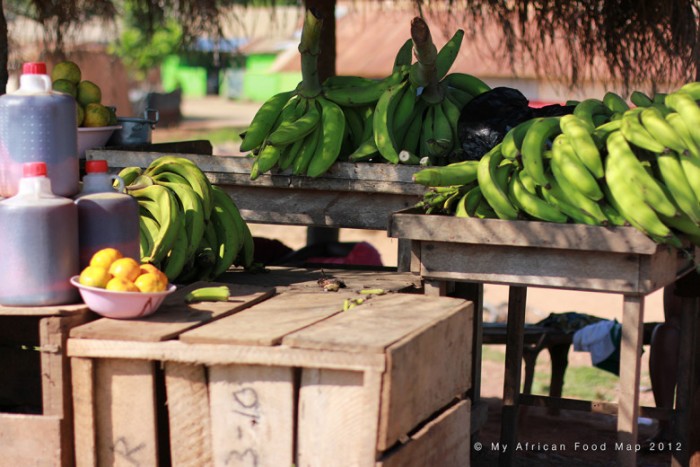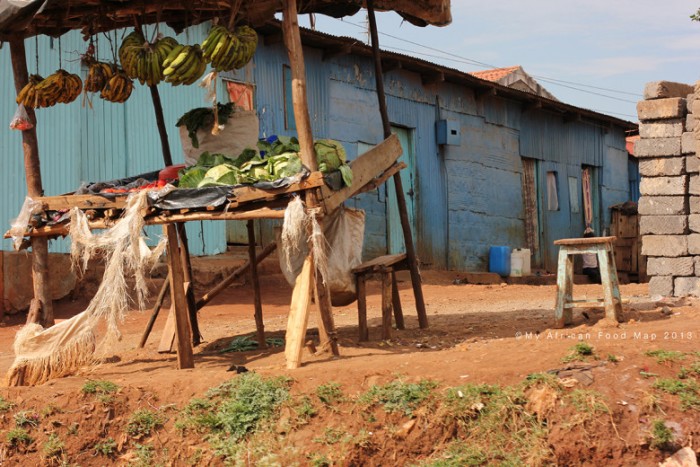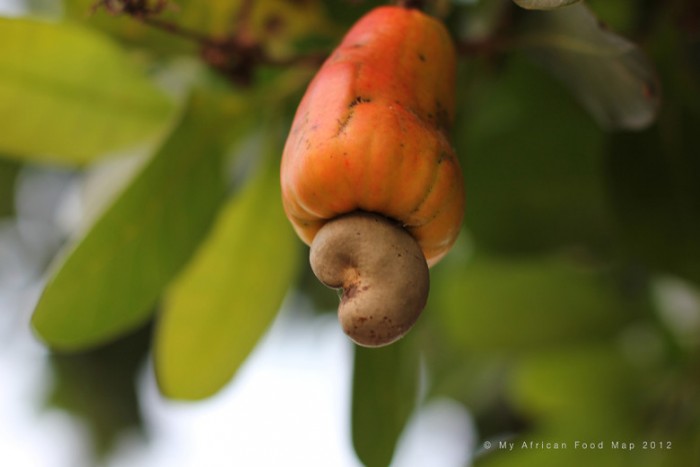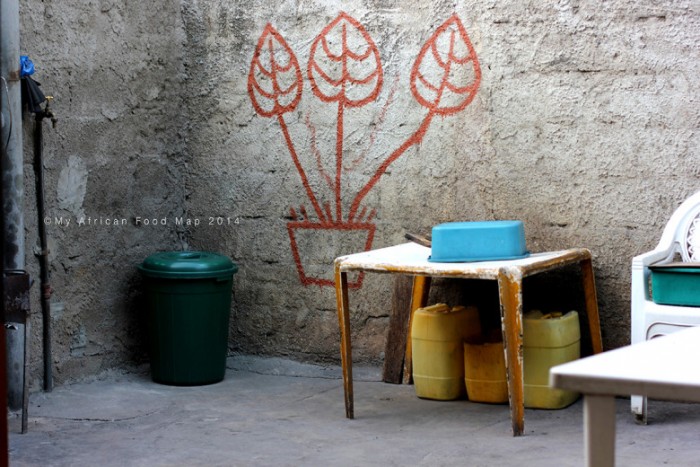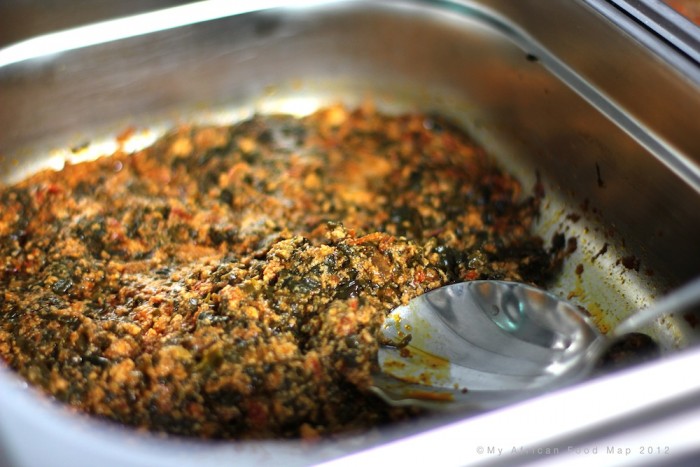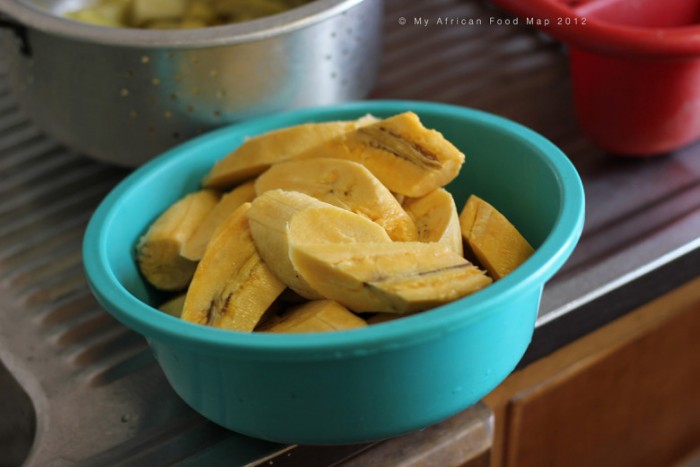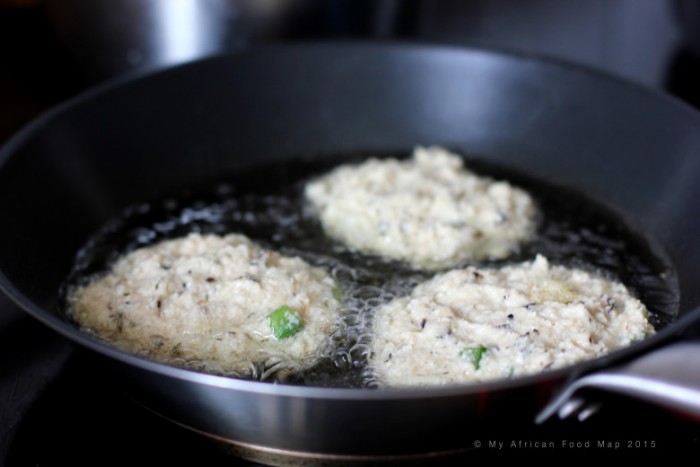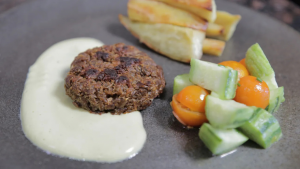Although born in Cambridge, England Tuleka Prah had ample opportunity to taste many different variations of African food growing up. She lived in Botswana, South Sudan, Kenya, Lesotho, Namibia and South Africa. Now a filmmaker and PhD student living in Berlin, she started My African Food Map, an online collection of the most popular recipes from around the continent, which keeps her in touch with her gastronomic roots.
Her dream is to create a visual and written equivalent to an African food dictionary. “I want it to be the go-to resource for African food,” she says. “I want to go to every country I can and collect and share as much as I can – everything from the recipes, to the ingredients, to the preparation, to the histories, to the quality of flavour.” We spoke with Prah about how food can be a window on culture:
What do you think people associate with “food from Africa”? Besides the exotification thing that tends to happen, the most obvious thing is that people generally don’t associate Africa with food in the way that it’s experienced by a lot of Africans. Africans are much prouder about what and how they eat than media and press have presented in the past and even now, to some degree.
Getting food is problematic in many areas, and one doesn’t always get to add ingredients like meat or fish to stews and soups because of money and limited resources. But it’s still important, from my experience and conversations with people when I travelled, that whatever we eat tastes good. I think people assume that often it all tastes bad, like it’s all dry or bland – or functional.
Your expertise as a filmmaker played a role in how you showcase the chosen recipes. How is this different to other representations of African food online at the moment? Well, I don’t try to over-do any of the production because the food is quite rich itself. I make sure that I take away as much distraction from what is being prepared as possible because really, I believe the food speaks for itself. If it is one of the most popular dishes, I just focus on doing the dish justice, by highlighting the “flavoursomeness” of it. It’s popular for a reason! Also, when it’s just about the food, it allows anyone watching it to identify with what they’re seeing in any way that they want, without the interference of an overly-chatty chef or instructions.
What are some of the interesting cultural stories you have learnt through the recipes you have collected so far? I’m always learning great stuff! There is always a history behind an ingredient and the way a dish is made. Pilau in Kenya is certainly linked to the coastal trading between the east coast of Africa and Asia, for example. Or lamb bredie. Or jollof rice. Along with the nutritional values found in most, there’s a lot of history; really interesting stuff – but that’s part of another Food Map extension I have in the works…
Another obvious one is really how many of the dishes we make are the same. Also, how little we know about each other’s food. Some of the Kenyan students I was chatting with had never even tried Ugandan food, or knew what some Ugandan recipes were. And it’s the country next door. A lot of South Africans are the same. But of course everybody knew what lasagne was – or fried rice. That has to change.
Is there a link between the recipes and the cultures you have gathered up to now? Yes, quite often. It’s dependent on climate and regional or historical links. West Africa is more connected with itself and to central Africa, while central Africa is connected to east and southern Africa in other ways, and so on.
Samp and beans (basically githeri in Kenya), pap (also ugali or sadza), amagwinya (or puff puff, or bofrot) are only a few examples of how we make the same or very similar dishes, giving it different names. We’re a lot more connected than we would agree and the shifts are traceable and alter as the climate or topography changes.
I’m looking forward to going to more countries and filming and sharing more, so that this fact – which is apparent to me and probably many others – becomes obvious to more people still. The ways in which the continent is connected is far less complicated than we are made to – or want to – believe. So much so, that I think the minute every single one of us gets that – whenever that’ll be – there will be a great shift in politics, in society, in everything. I really believe that.
Your creative approach is different from other cooking sites, with the videos becoming stand-alone features to be enjoyed on their own. Was this your intention as a filmmaker? I film exactly as I would “look” if I were in a kitchen observing someone cook something. I just kept it all as honest as possible and filmed what was going on, changing angles and stuff to make sure I got the food from the way I was experiencing it. For example, when I was looking at the bredie simmering in the pot, I would physically lean in to get a better look – so I did the same with the camera. I also tried to film in the most unobtrusive manner for the people cooking. I basically wanted to film the recipes in such a way that one could see the steps clearly, without the “noise” of typical cooking videos online.
How hard is it to find the ingredients for African recipes in other countries? It’s actually not too difficult. The main problem is that obviously the ingredients may not be as rich as when you find them in their “home countries”. Like yams. Yams in Ghana are really big and very happy looking. The ones you find here are a lot smaller and sometimes less colourful. But they still taste good!
Tell us about the latest extension of My African Food Map – My African Food Friends. It’s me filming a mealtime conversation and interviewing the people who cook with ingredients from any African kitchen for these meals. It’s a way of showing how, outside the continent, we eat and prepare the same dishes, or variations of them. It highlights the connectedness of people through food. Then I share recipes from the meal.
A couple of weeks ago, I filmed a Trinidadian/Black American woman from Brooklyn who made black-eyed bean fritters with mashed yam. That’s a meal she whole-heartedly identifies with from her upbringing. It’s something I’m sure a lot of people who cook yams or eat black-eyed beans would probably love, though it might be a combination they would never have thought of. One Cameroonian follower commented that the fritters were similar to those made in her country, where they are made without the green pepper and with the beans fried in palm oil instead of regular oil. That was great to read! I love it when that happens. (All photos: My African Food Map).

